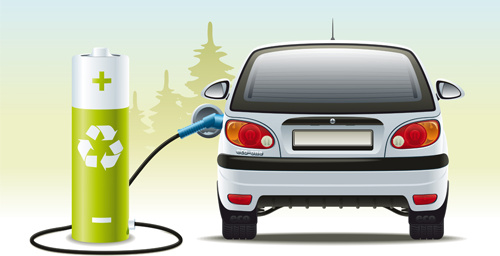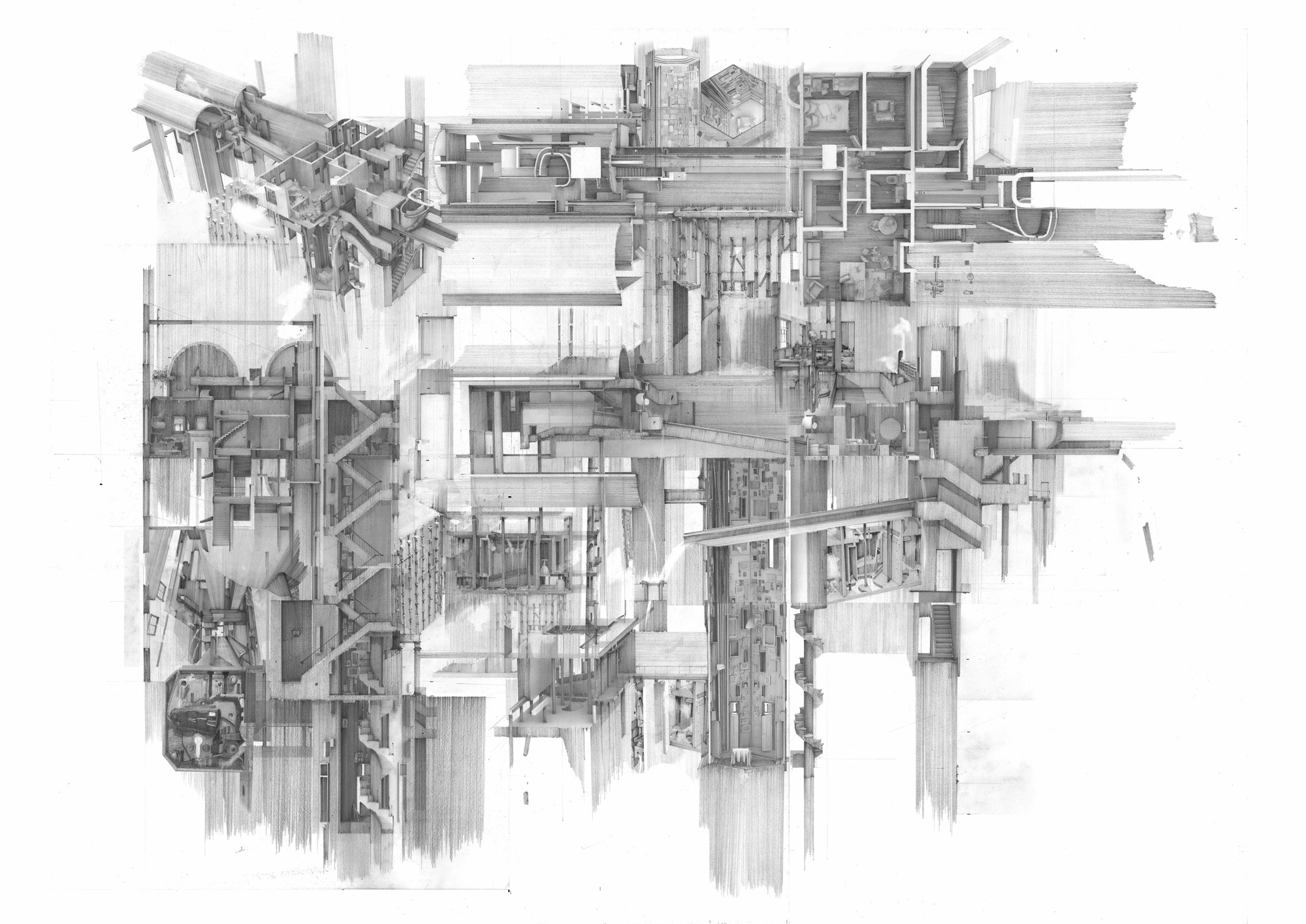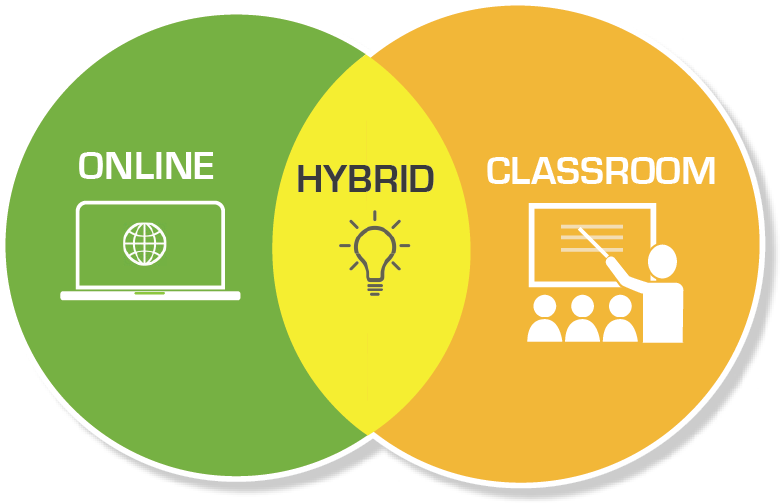Table Of Content

At the same time, one of the biggest benefits of hybrid, adaptable architecture is the reduced need for new construction. Buildings that are unable to suit changing needs face the risk of being demolished in the long run, which often results in tremendous amounts of waste, pollution and carbon emissions [5]. On the contrary, hybrid designs that accommodate different requirements fit into the concept of adaptive reuse, which refers to spaces that can be reused for a purpose other than the one for which they were originally built.

"Hybrid" Hair Color on a Dark Brown-Black Base
As noted above, we have approached this work based on our experience in a VA implementation research program, and most of the examples we know best come from the VA setting. In theory, the hybrid designs should not be more or less effective in the VA or any other setting (as was true for our 2 non-VA examples), and the recommended conditions we propose for their use are not exclusive to, or even more ideal in, a VA or other large/single-payer system. In a hybrid type 1 design, the primary focus is on testing the clinical intervention. Generally, this design results in identification of barriers and facilitators to implementation. The implementation focused work can be collected via interview, survey, and/or observation of participants. However, despite their potential benefits, we recommend that certain conditions should first be met; and, even when desirable, we recognize that hybrids might not always be feasible or affordable within traditional research budget limits.
The 2022 Hair Trend: Half Up, Half Down
Layering can also relate to color, line work or how you think about opacity. Similarly, once the hybrid team leader has tested work arrangements with employees, solicited feedback, and made the necessary adjustments, they can settle into a steadier state—while making sure to keep the dialog open, identify any issues as they arise, and make any tweaks needed. Leaders should track the timing of policy changes vis-à-vis measures of productivity, innovation, and overall business results. If not, it may be time to adjust, but that’s to be expected—this is uncharted territory, and human needs evolve over time. To build empathy, project teams (consisting of Designers, User Researchers, and often their cross-functional partners) begin by immersing in user environments and studying their unique behaviors.
The Ultimate Guide to Great Hybrid Office Design in 2024 [+ Examples]
The global pandemic has created new challenges and opportunities in almost every industry, and as the economy reopens competition will be intense. Winners will be those who most clearly understand their customer’s needs, collaborate to identify multiple solutions, prototype, iterate and bring new ideas to market. Those behaviors will only happen when people come together in the new, modern workplace.
Product Development
Such changes in clinical intervention effectiveness could represent either a vulnerability or an enhancement under implementation conditions compared with effects seen during clinical trials. The original definition of a type 1 emphasized secondary aims/questions and exploratory data collection and analysis preparatory to implementation activity. However, some type 1 studies are doing more intense focus on implementability in developing or adapting an intervention before the effectiveness trial begins by including dissemination and implementation components in the initial study design process (Brownson et al., 2013). This study proposes methods for blending design components of clinical effectiveness and implementation research. Such blending can provide benefits over pursuing these lines of research independently; for example, more rapid translational gains, more effective implementation strategies, and more useful information for decision makers. This study proposes a “hybrid effectiveness-implementation” typology, describes a rationale for their use, outlines the design decisions that must be faced, and provides several real-world examples.
CHALLENGES IN LINKING CLINICAL AND IMPLEMENTATION RESEARCH DESIGNS
Style Porsche's Hybrid Design Approach Melds Tradition With Technology - Mobility Outlook
Style Porsche's Hybrid Design Approach Melds Tradition With Technology.
Posted: Thu, 28 Mar 2024 07:00:00 GMT [source]
A hybrid type 2 assumes that data on barriers and facilitators to implementation are available. This design is also ideal when there is momentum for implementation in terms of the system or policy demands. In recent years, healthcare systems have increasingly implemented interventions with only preliminary effectiveness data because of a government policy or mandate. Hybrid type 2 designs provide an opportunity to capitalize on the momentum of a mandate by continuing to study the intervention’s effectiveness while gathering information about how to successfully implement the intervention. For example, a healthcare organization may want to roll out a method for identifying patients at high risk for suicide given preliminary effectiveness data and a promising way to intervene with a high-risk group. A hybrid type 2 design would allow for continued evaluation of the effectiveness of the intervention and could capitalize on the implementation occurring to evaluate the impact of implementation strategies.
"Hybrid" Hair Color on a Medium-Brown Base
In this case, the implementation-focused research is conducted in types of sites or clinics where the intervention would be implemented if proven effective. Using qualitative methodology, researchers can introduce clinic staff to the intervention components and seek feedback from them on its implementation potential in their setting, adaptation needs for better fit in their context, and potential implementation strategies needed to support uptake. For example, Baloh et al. (2019) recently used this methodology in a hybrid type 1 “add-on” process evaluation of a current NIAAA-funded effectiveness trial of Al-Anon Intensive Referral (AIR; NIAA R01AA024136). In parallel with the randomized controlled trial (RCT) of AIR, this process evaluation consists of conducting ongoing qualitative interviews with key informants (e.g., directors, staff) from substance use disorder programs in the AIR RCT. This evaluation will result in recommendations for adaptations that may need to occur to implement AIR, should it be found effective (Baloh et al., 2019).
Hybrid Office / Edward Ogosta Architecture

“Interior design is enabling workspaces to evolve,” says Virginie Lasalle, lecturer in interior design at the University of Montréal Design School. “Now more hybrid, they need to be designed to meet their users’ specific needs.” After all, as more people work from home and prefer hybrid jobs, it is imperative for employers to provide appealing conditions by fostering comfort, flexibility, and interaction within one space. Ford, for one, is upfront about leaving its options open, with a mix of all gasoline, hybrid and electric cars and trucks.
Optimal design of standalone hybrid solar-wind energy systems for hydrogen-refueling station Case study - ScienceDirect.com
Optimal design of standalone hybrid solar-wind energy systems for hydrogen-refueling station Case study.
Posted: Mon, 25 Dec 2023 08:00:00 GMT [source]
In regard to Figure 1, this design would span effectiveness and implementation research in the pipeline. There are three types of hybrid designs, described here briefly and in more detail below. The current manuscript seeks to summarize this type of design and provide examples for those interested in adding a focus on implementation to their work. In this paper, we use the term “intervention” to refer to the clinical practice or program that we have an interest in exploring (e.g., a psychotherapy or pharmacotherapy).
Saint-Gobain's PRIVA-LITE®, for instance, is an intelligent glass that can instantly switch from a translucent to a transparent state with one click, maintaining high light levels while visually separating open spaces [11]. This flexibility is especially suitable for workspaces, healthcare facilities or other settings that have to continuously (and safely) respond to different needs, as it enables users either to maintain a sense of privacy or to promote collaboration in a seemingly open space. Testing a clinical intervention while gathering information on its delivery during the effectiveness trial and/or on its potential for implementation in a real-world situation. More than 50% of companies plan to pilot new workspaces as their companies shift to a hybrid model. The authors, architects and office-furniture designers serving the world’s largest organizations, recommend leaders think through the following four design approaches as they consider their hybrid strategy.
Hybrid environments can certainly pave the way to a more sustainable and healthier built environment. To maximize well-being, for example, it is crucial to prioritize natural light; not only does it contribute to more appealing spaces, but it has also been proven to improve circadian rhythms, sleep patterns, productivity and overall physical and psychological health [9]. Incorporating innovations like Saint-Gobain's ECLAZ® glass solution is a good way to optimize daylight access in interiors [10] while keeping high levels of insulation and, if needed (for large area windows), adapting solar incomes for summer overheating. Indoor comfort indeed has to be managed in a holistic way, especially in such hybrid spaces. For a building to be sustainable, its architects and designers have to consider its long-term impact. In fact, this is a major part of programs like LEED, an ecology-oriented building certification system that considers, among other factors, long-term commitment as a standard when certifying buildings [3].
They standardize the work arrangements henceforth, understanding that needs could evolve as the parent’s health situation changes. Complicated problem spaces like this, with human needs at the core, necessitate a human-centered approach to resolve. What used to be an old warehouse is now a modern, adaptable co-working office. Using curtains as partitions, the space responds to changing needs, whether it be to enhance collaboration or privacy.

No comments:
Post a Comment